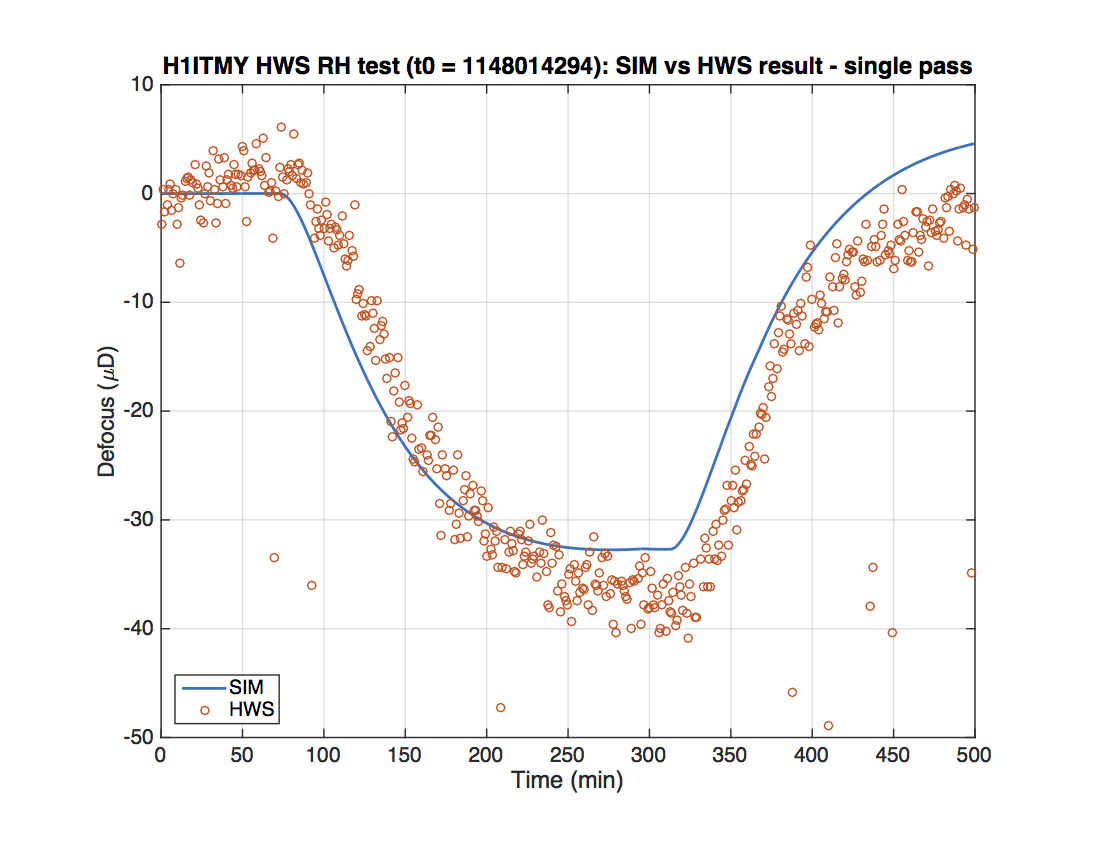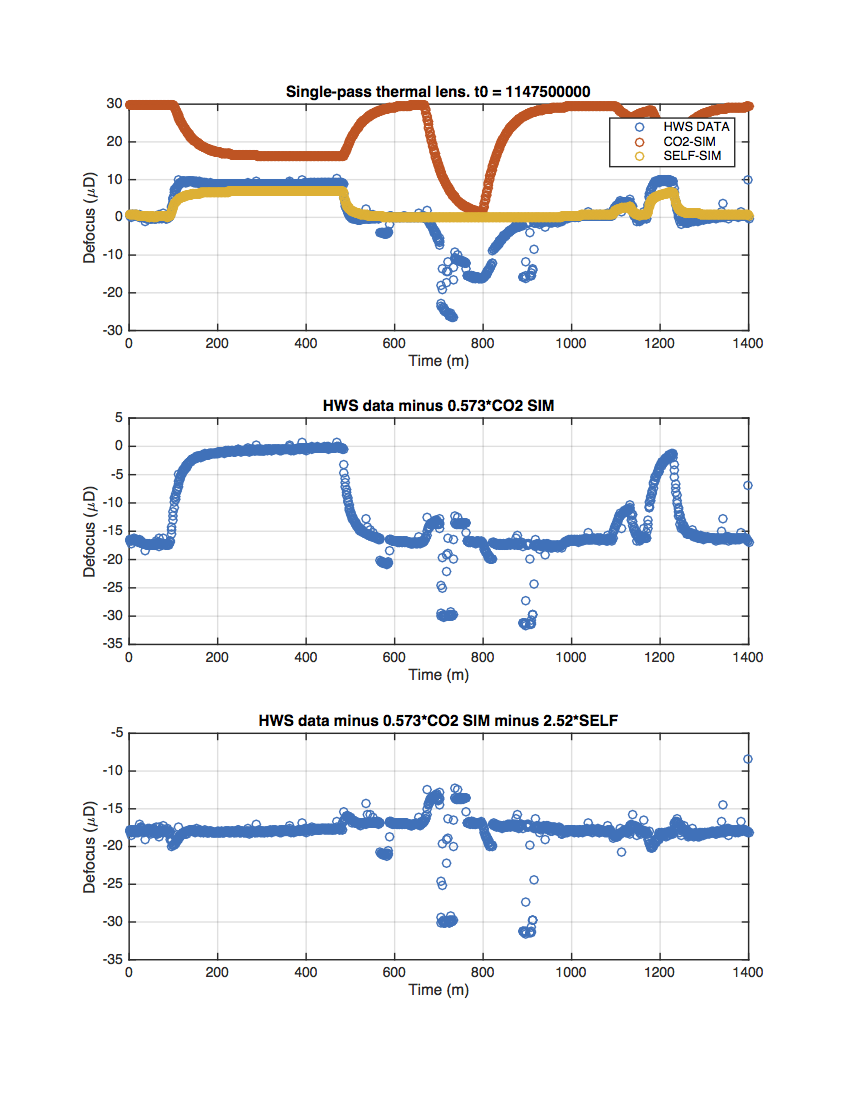Keita, Kiwamu
We spent some time today trying to figure out what made the engagement of the ISS second loop so hard recently.
We conclude that the SR560, which has been served as a summing point for the second and third loop signals, is the one hindering the ISS second lopp. In order to for us to be able to lock with a low noise ETMY for the planned PI measurement, we bypassed the SR560. This means that the ISS first and second loops are in the same configuration as O1 and therefore no third loop is available.
If necessary, one can reconnect the SR560 and resurrect the third loop.
[Issues with SR560]
The SR560 caused two major issues. First, it limited the range of the auto reference adjuster to +/-3V. Second, when it saturates, the output of the SR560 sticks to a negative voltage value (-3 ish volts), regardless of which sign the input signal is. Therefore, when we request the engagement of the second loop, it tried to catch a linear signal within a smaller range. If fails, it can run into a region where the error signal has a wrong sign which drives the auto reference adjuster to the opposite direction. We think this is what has been going on with the second loop engagement in the past several days.
[A large offset]
Apart from the SR560, we found one thing which appeared to be an indication of a broken op-amp or some sort; the output from the second loop circuit board was measured to be -1 V, when the inputs were all disconnected. We thought this was another issue which had prevented the second loop to engage, but as we leaned later, this offset is not critical. By the way, this relatively large offset seems to be a function of the variable gain value. What is strange is that the offset becomes large when a smaller variable gain value is requested. We pulled the second loop servo box out of the rack and checked the behavior of the circuit in the EE shop. However, we could no find any failed op amp or anything. In the EE shop, since we did not supply an external signal to set the variable gain to a certain value, the gain value stayed to be 20 dB which, as mentioned, gave us a smaller output offset of -0.1V. We measured the transfer function of every active stage and confirmed that nothing was wrong. The circuit was then put back to the rack.
Although this issue (or perhaps feature) still remains, we are able to close the auto reference adjusting loop without the SR560. This means that probably this large offset is not the one preventing the second loop from engaging it. We may check the behavior of this variable gain stage at some point.









